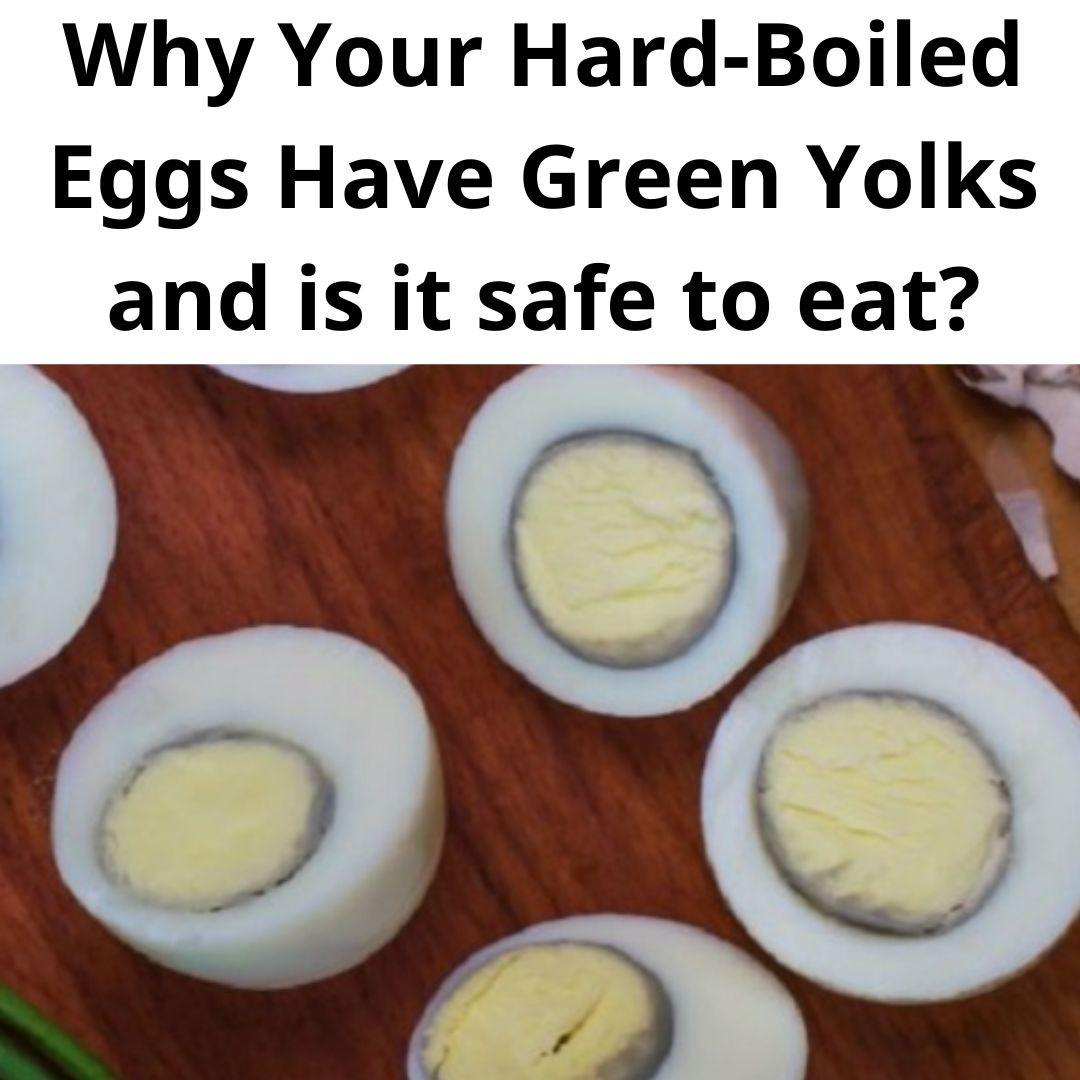ADVERTISEMENT
**The Mystery Behind Green Eggs: Why They Happen and What It Means**
The concept of “green eggs” may immediately bring to mind the famous Dr. Seuss book, *Green Eggs and Ham*. In this beloved children’s story, the main character Sam-I-Am convinces another character to try a plate of green eggs, even though he’s skeptical at first. While the book itself is a whimsical tale full of rhymes and catchy phrases, the idea of green eggs in real life can raise some serious questions. Are green eggs a result of something going wrong? Should you be worried if you crack open an egg and find it to be green? The short answer is, in most cases, no—it’s actually quite natural and harmless. But let’s dive deeper into why eggs sometimes appear green and what it could mean for your breakfast or baking recipe.
### **The Green Egg Phenomenon: What Causes It?**
Green eggs don’t just come from the imagination of Dr. Seuss; they are a real, natural occurrence, and there are several reasons why an egg may turn green. Let’s break down the main causes and what they mean for the safety and taste of your eggs.
#### 1. **The Breed of Chicken: A Natural Cause**
In most cases, green eggs come from the breed of chicken that lays them. Specifically, certain breeds of chickens, such as the **Araucana**, **Ameraucana**, and **Olive Egger**, are genetically predisposed to laying eggs with blue or green shells. These breeds have a unique genetic trait that causes the eggshell to take on a blueish-green color.
– **Araucanas**: Known for their blue eggs, these chickens are originally from South America and have a distinctive tuft of feathers near their ears.
– **Ameraucanas**: These chickens are bred from Araucanas and are well-known for their ability to lay blue or greenish eggs. They are popular among backyard poultry keepers.
– **Olive Eggers**: A crossbreed of Ameraucanas and other chickens, Olive Eggers tend to lay darker, olive-green eggs.
These chickens lay eggs with a natural pigmentation in the shell that’s due to the presence of biliverdin, a pigment that gives the eggshell its blue or green hue. The egg’s interior, however, is still white, and there is no difference in taste or nutritional value compared to eggs laid by other chickens.
If you crack open an egg from one of these chickens and it’s green inside, it may be a sign of spoilage or contamination, but generally, the green hue on the shell is completely harmless. It’s simply part of the egg’s natural beauty.
#### 2. **Overcooking Eggs: The Green Ring Around the Yolk**
Another reason why eggs might appear green is when they’re overcooked. This typically happens when you boil eggs for too long or at too high a temperature. As the egg cooks, the proteins in the egg whites and yolk interact with sulfur compounds. When eggs are boiled for too long, a **greenish-gray ring** can form around the yolk. This discoloration is harmless, but it can look unappetizing. It occurs because the sulfur in the egg white reacts with the iron in the yolk to form **iron sulfide**, which has a greenish color.
This type of green egg is an indicator that the egg has been cooked improperly, specifically at too high of a temperature or for too long. To prevent the greenish ring, it’s best to follow a gentle boiling method, which includes:
– Boiling the eggs for **9-12 minutes** for hard-boiled eggs.
– Letting the eggs cool in **ice water** immediately after boiling to stop the cooking process.
– Avoiding leaving eggs in hot water for too long after they’ve been removed from the heat.
For Complete Cooking STEPS Please Head On Over To Next Page Or Open button (>) and don’t forget to SHARE with your Facebook friends
ADVERTISEMENT
ADVERTISEMENT
